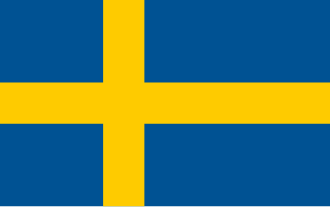
As artificial intelligence becomes more integrated across modalities and tasks, new techniques are emerging that enhance learning efficiency, reasoning capabilities, and adaptability. This installment explores five cutting-edge ideas shaping the future of AI. Ranging from how models learn from visual and linguistic data together, to how they reason over complex relationships, shape rewards semantically, repair their own code like logic, and transfer knowledge across reinforcement learning domains. These innovations reflect a shift toward more intelligent, self-aware, and task-aware systems.
Contrastive Pretraining for Vision-Language Models
ELI5 – Explain Like I'm 5
It’s like teaching an AI to match images with descriptions by playing a game.
Detailed Explanation
This method trains multimodal models e.g., CLIP-style architectures. Using contrastive loss, where the AI learns to align similar vision-language pairs while distinguishing them from dissimilar ones.
Real-World Applications
Image captioning, visual question answering, and cross-modal search engines.
Adaptive Graph Reasoning
ELI5 – Explain Like I'm 5
It’s like solving a puzzle by figuring out which pieces are most important based on what you’re trying to build.
Detailed Explanation
Adaptive Graph Reasoning dynamically adjusts graph traversal and message passing in GNNs or knowledge graphs, improving contextual understanding and decision-making in relational environments.
Real-World Applications
Drug discovery, recommendation systems, and fraud detection in financial networks.
Semantic Reward Shaping
ELI5 – Explain Like I'm 5
It’s like getting hints instead of just being told right or wrong when learning something new.
Detailed Explanation
This technique enhances reinforcement learning by using semantic understanding to craft more informative reward signals, helping AI agents learn faster and better align with human expectations.
Real-World Applications
AI-driven dialogue systems, robotic task learning, and interactive games.
Neural Program Repair
ELI5 – Explain Like I'm 5
It’s like fixing broken code without needing a programmer to step in every time.
Detailed Explanation
Neural Program Repair uses deep learning to detect and correct errors in code automatically, often by learning from large repositories of bug fixes and patches.
Real-World Applications
Automated debugging tools, AI-assisted development, and code generation platforms.
Meta-Transfer Reinforcement Learning
ELI5 – Explain Like I'm 5
It’s like learning how to learn so you can quickly pick up new video game skills after mastering others.
Detailed Explanation
Meta-Transfer Reinforcement Learning combines meta-learning and transfer learning to allow AI agents to generalize learning strategies across different but related tasks.
Real-World Applications
Robotics, autonomous systems, and adaptive game AI.
Conclusion
The concepts explored in this section highlight how AI is becoming smarter at integrating modalities, reasoning through complex relationships, refining its learning process, and even repairing logic autonomously. From **Contrastive Pretraining for Vision-Language Models** to **Meta-Transfer Reinforcement Learning**, these innovations represent a growing trend toward self-directed, context-aware, and highly adaptable systems. As AI continues to evolve, these methods will play a key role in creating models that not only perform well today but also learn, adjust, and excel tomorrow.
 USD
USD  Swedish krona (SEK SEK)
Swedish krona (SEK SEK)




















